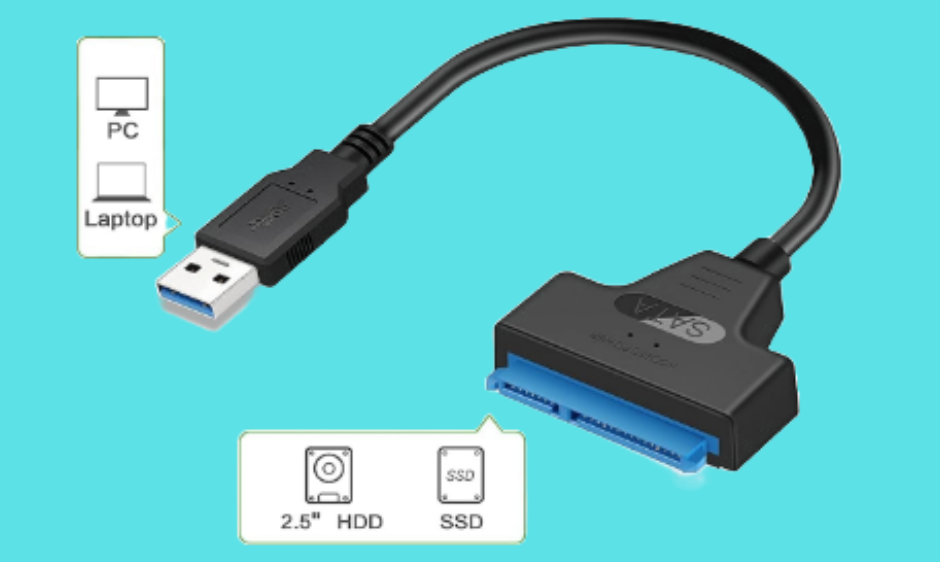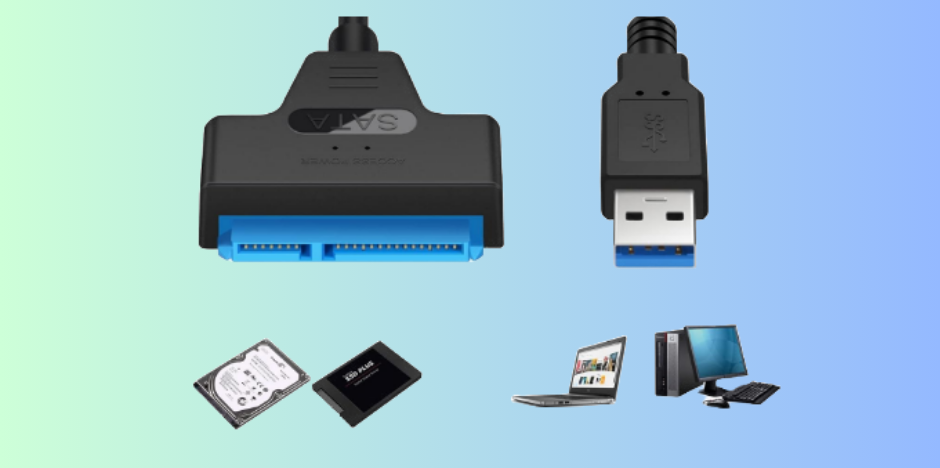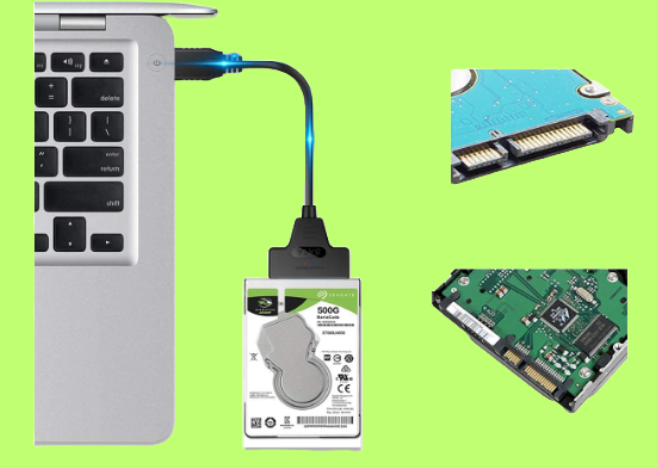SATA Data Cable: Enhancing Data Transfer Efficiency
Introduction
SATA data cables have revolutionized the way we transfer data within computers and other electronic devices. As technology advances, the need for faster and more efficient data transfer methods becomes increasingly vital. In this article, we delve into the world of SATA data cables, exploring their types, advantages, installation procedures, and much more.

What is a SATA Data Cable?
SATA, which stands for Serial Advanced Technology Attachment, is a type of data cable used to connect storage devices such as hard drives, solid-state drives (SSDs), and optical drives to a motherboard. Unlike its predecessor, IDE (Integrated Drive Electronics), SATA cables offer faster data transfer speeds and improved efficiency.
Types of SATA Cables
1. SATA 1.0
SATA 1.0, also known as SATA I, was the first generation of SATA cables introduced in 2003. It supports data transfer rates of up to 1.5 gigabits per second (Gbps).
2. SATA 2.0
SATA 2.0, or SATA II, followed shortly after SATA 1.0 with improved speeds of up to 3 Gbps. This allowed for faster data transfer between devices.
3. SATA 3.0
SATA 3.0, also referred to as SATA III, is the latest iteration of SATA cables, offering blazing-fast speeds of up to 6 Gbps. This significant improvement in speed has made SATA 3.0 the standard choice for modern computers and devices.
Understanding SATA Connectors

SATA cables consist of two primary connectors: the SATA data connector and the SATA power connector.
SATA Data Connector
The SATA data connector is responsible for transmitting data between the storage device and the motherboard. It features a slim, L-shaped design, making it easy to connect and disconnect without the risk of bending or breaking pins.
SATA Power Connector
The SATA power connector provides power to the connected storage device. It is smaller and more streamlined compared to the bulky Molex connectors used in IDE cables, allowing for better cable management within the computer case.
Advantages of SATA Data Cables

Faster data transfer speeds compared to IDE cables
Hot-swappable capability, allowing devices to be connected and disconnected while the computer is running
Slimmer connectors for improved airflow and cable management
Compatibility with modern storage devices such as SSDs
SATA vs. IDE: Key Differences
SATA cables transfer data faster than IDE cables.
SATA cables have slimmer connectors, reducing clutter within the computer case.
SATA cables support hot-swapping, whereas IDE cables require the computer to be powered off before connecting or disconnecting devices.
Why we Choosing the Right SATA Data Cable?

When selecting a SATA data cable, consider factors such as cable length, compatibility with your devices, and whether you require additional features such as locking mechanisms or angled connectors.
Installing a SATA Data Cable
Installing a SATA data cable is a straightforward process. Simply connect one end of the cable to the SATA port on your motherboard and the other end to the SATA port on your storage device. Ensure that both connectors are securely attached to prevent data loss or hardware damage.
Troubleshooting SATA Cable Issues
If you encounter issues with your SATA data cable, such as slow data transfer speeds or connectivity problems, try the following troubleshooting steps:
- Check for loose or damaged connectors.
2) Replace the cable with a known-working one.
3) Update your motherboard’s BIOS and SATA drivers.
4) Test the storage device on another computer to rule out hardware issues.
SATA Cable Maintenance Tips
To ensure optimal performance and longevity of your SATA cables, follow these maintenance tips:
- Avoid bending or twisting the cables excessively.
2) Keep cables away from heat sources and sharp objects.
3) Inspect cables regularly for signs of wear or damage and replace them if necessary.
4) Use cable ties or Velcro straps to organize and secure cables within the computer case.
Future of SATA Technology

While SATA cables continue to be widely used in modern computers and devices, the emergence of faster interfaces such as PCIe (Peripheral Component Interconnect Express) and NVMe (Non-Volatile Memory Express) poses a potential challenge to SATA’s dominance in the storage industry. However, SATA remains a cost-effective and reliable solution for many applications and is likely to coexist with newer technologies for the foreseeable future.
Conclusion
In conclusion, SATA data cables play a crucial role in facilitating high-speed data transfer within computers and electronic devices. With their slim connectors, fast transfer speeds, and hot-swappable capability, SATA cables offer significant advantages over traditional IDE cables. By understanding the different types of SATA cables, their connectors, and how to install and maintain them properly, users can ensure smooth and efficient operation of their storage devices.
FAQs
Yes, SATA cables are backward compatible, meaning you can use newer cables with older devices. However, you may not benefit from the higher speeds offered by SATA 3.0.
No, SATA devices must be connected directly to the motherboard or a compatible SATA controller. Daisy-chaining is not supported.
Hot-swapping refers to the ability to connect and disconnect devices while the computer is running. SATA cables support hot-swapping, but it’s essential to follow proper procedures to avoid data loss or hardware damage.
Yes, SATA cables can be used to connect internal storage devices to external enclosures or docking stations, allowing for easy access to data without opening the computer case.
